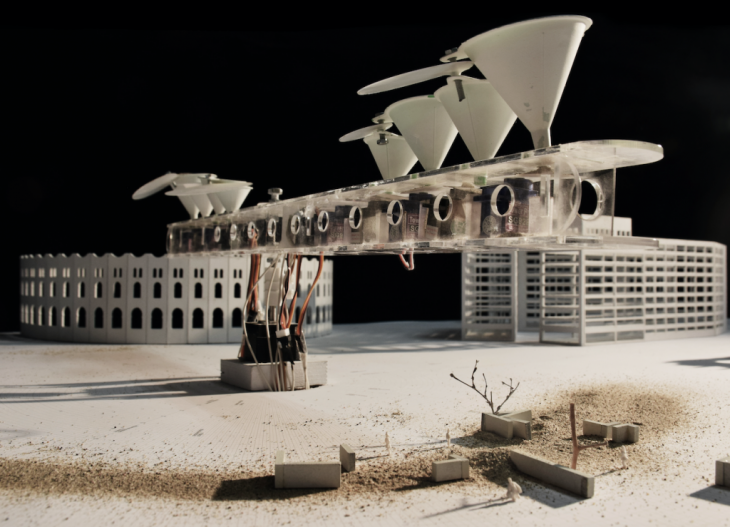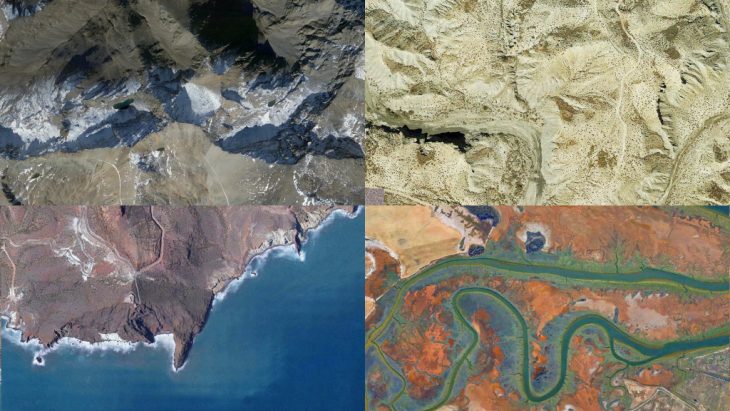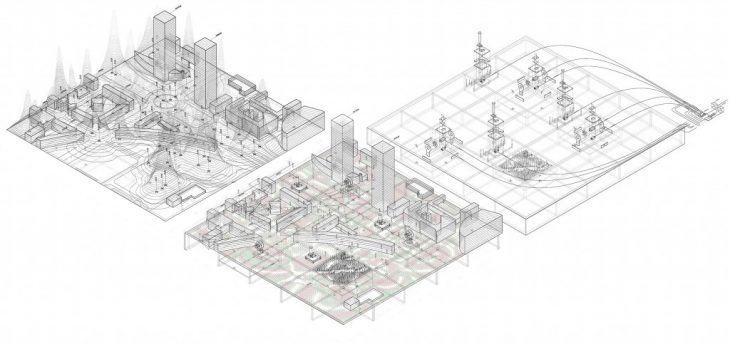SELF SUFFICIENT BUILDINGS
Senior Faculty: Edouard Cabay
Faculty Assistant: Peter Geelmuyden Magnus
 Image Credits: Machinic Protocols – IAAC Introductory Studio 2015
Image Credits: Machinic Protocols – IAAC Introductory Studio 2015
Over the last few centuries we have gone from being a predominantly rural, to an industrial to a hyper connected information society. The basis for this transformation has been the centralization of population, power, of finances and resources. The recent elevated attention to climate change is exposing just how vulnerable our centralized systems are when faced with
radical climate change.
Our climate is changing, unquestionably.
Winters are becoming milder, winds are becoming stronger, rains and floods are becoming heavier, sea levels rise and glaciers are melting faster than ever.
If our task as architects is to design buildings as mediators between humans and the environment, any radical change in the climate should inspire radical changes in the way we design. Only when we accept the radicalization of the climate as a condition, can we look past the downsides and onto the opportunities, in order to design buildings that better capitalize on the climatic changes that we are living.
More rain could mean more potential rainwater collected, more wind could mean more potential for generating energy, milder winters could mean better conditions for food cultivation, and so forth.
The objective of this year’s Self Sufficient Building Studio is the design of an architectural intervention that capitalizes on the forces that come from the environment. Within the most diverse and extreme landscapes of the Spanish peninsula, we will design buildings as metabolic machines, structures that perform. We will design from the inside towards the outside. Rather
than focusing on how buildings look, we’ll look at how they work to create a symbiotic relationship between man and the environment.
 Image Credits: Google earth – Andalusia from above – Studio sites
Image Credits: Google earth – Andalusia from above – Studio sites
The methodology of the studio is driven by the creation of a series of machinic experiment on the topic of entropy: the research will begin with the construction of an apparatus that produces movements fuelled by as little energy as possible.
Once developed, we’ll expose these machines to the environment by inserting them in the landscape and make them interact with it: your machine being affected – or fuelled – by the forces of the landscape, while its movements will map, or measure, the territory in which it is inserted.
From this interaction, we will extrapolate to the architectural scale, inventing structures, façade systems, circulation patterns, spatial distributions… and place the human at the center of this process in order to deploy an architecture as a series of metabolic machines that enables man to live in a radical context, while having a positive impact.
 Image Credits: Machinic Protocols – IAAC Introductory Studio 2017
Image Credits: Machinic Protocols – IAAC Introductory Studio 2017